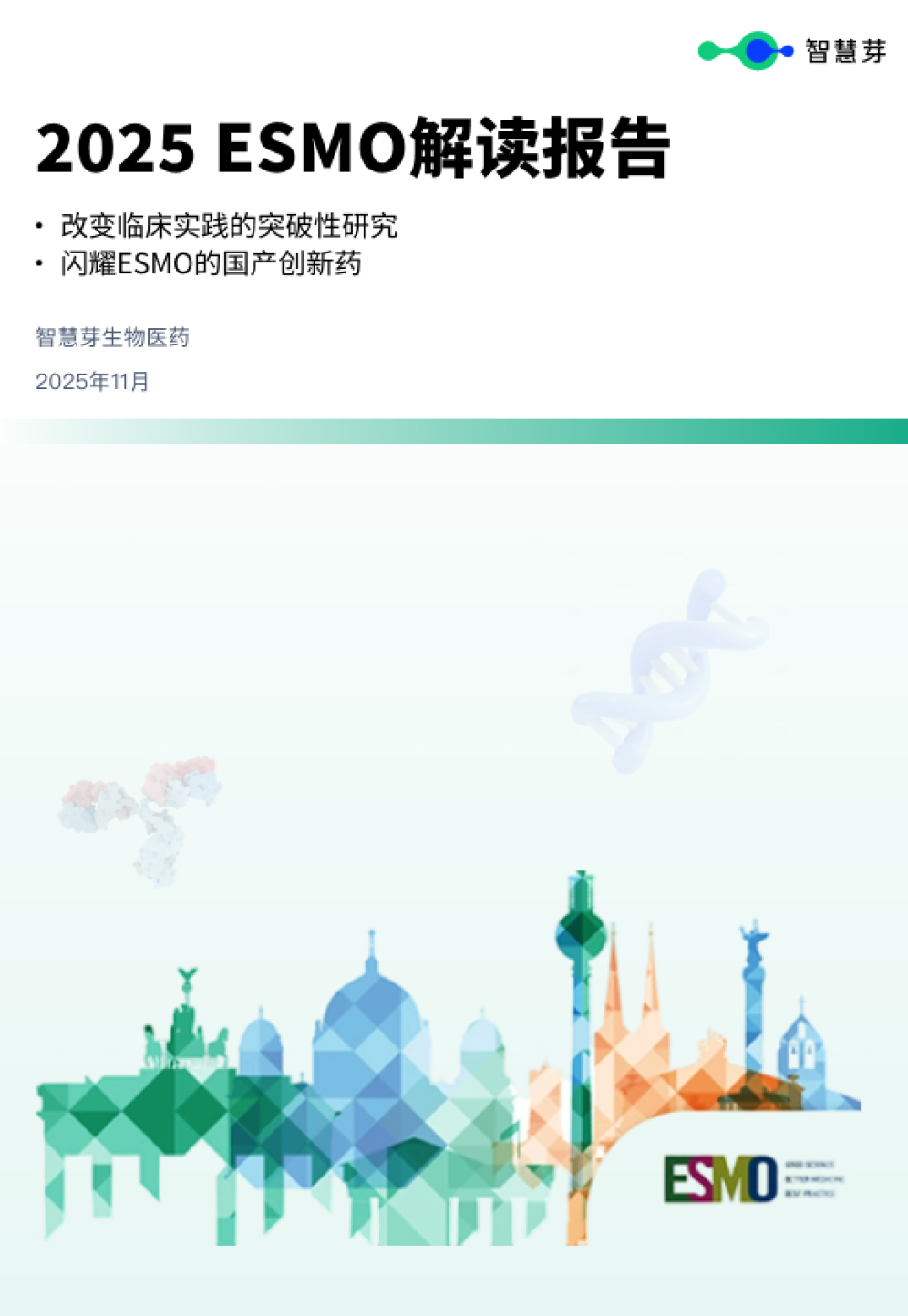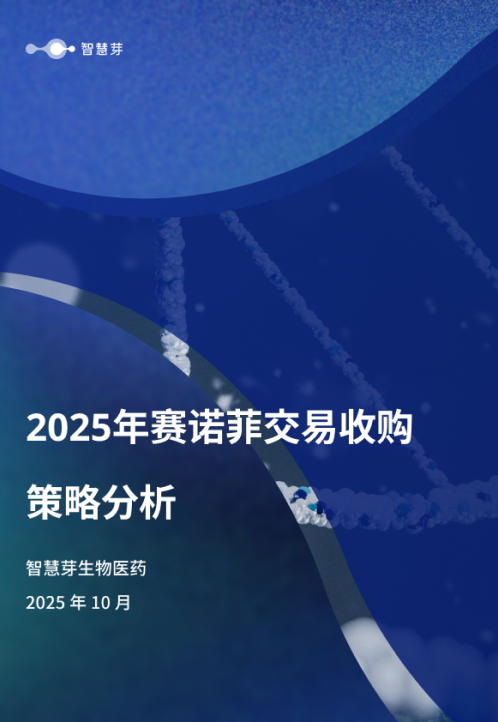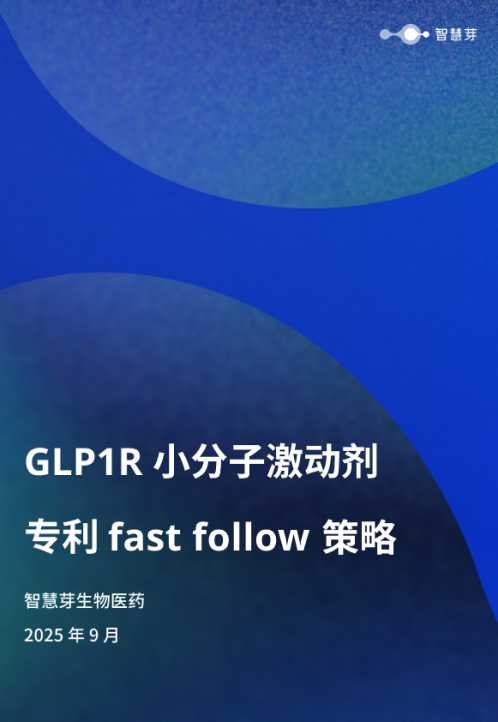预约演示
2024 forecast: Big Pharma reworks China strategy, and job cuts are part of it
疫苗引进/卖出
Financial consideration is the most important factor why foreign pharmas outsource commercialization in China.
Big Pharma companies have often talked about the major opportunities that await in China. But as price cuts play out and internal priorities shift, multinational companies are reworking their business models in the country.
In the last few months of 2023, Pfizer, GSK, Sanofi and Biogen have each tapped local partners to help commercialize their products in China. With marketing responsibilities shifting to other firms, job cuts were expected at each of those large drugmakers.
It’s not a new approach for forePfizerugGSKerSanofiap loBiogenrtners in China, Justin Wang, head of L.E.K. Consulting’s China practice, pointed out in an email interview with Fierce Pharma. But these deals are on the rise lately, Wang explained, partly because “there is increasing pricing and competitive pressure in the market, especially for mature products, leaving reduced [return on investment] for in-house commercial resources.”
Pfizer in November unveiled a deal with Keyuan Pharma, granting the Shanghai Pharma subsidiary exclusive rights to distribute and promote its pneumococcal vaccine Prevenar 13 (known as Prevnar 13 in the U.S.) in China.
Pfizerlieve that this partnership will lKeyuan Pharmaynergies of botShanghai Pharma make Prevenar 13 available to a much broader population in China,” a Pfizer spokesperson told Fierce Pharma.
Pfizer’s announcement came about a month after GSK signed on Chongqing Zhifei Biological Products to distribute its shingles vaccine, Shingrix, in China.Pfizeri made a name as the marketer of Merck’s HPV shot Gardasil in China. Thanks to Gardasil’s impressive growth in the country, Merck earlier this year surpassed AstraZeneca as China’s largest foreign pharma company by sales. Before AZ, that title belonged to Pfizer.
Pfizercompanies have strong track records from GSKor Big PharChongqing Zhifei Biological Products’s another reason wshingles vaccine gShingrixn popularity in recent months. With the two new coMerckrations, thrGardasile world’s top-sellingGardasils are now all handled by local firms Merckina.AstraZenecaPfizer
The vaccine commercialization model is different in China than in the U.S. As local Chinese CDC agencies serve as direct customers of the immunizations, vaccines have no commercial synergies with other drugs, Wang explained.
Chinese regulators divide vaccines into two types: mandatory and voluntary. Gardasil, Prevnar and Shingrix all belong to the Class 2 voluntary group. The Class 2 vaccines require heavy investment and intensive market education, which can be burdensome for foreign pharma companies. Zhifei, for example, has assembled a commercial team of more than 3,000 people, he noted.
At GSK, it appears the company is further restructuring its China business beyond the Shingrix pact. According to local reports from a few days ago, the British drugmaker is outsourcing commercialization of two older meds, the COPD inhaler Anoro and the anti-epileptic Lamictal.
Beyond Pfizer and GSK, Biogen has established a strategic partnership with a local company for iGSKmultiple sclerosis portfolio in China, a company spokesperson confirmed with Fierce Pharma. Biogen sells MS drugs Fampyra and Tecfidera in the country.
Almost simuPfizerusBiogene Biogen accord, Sanofi China unveiled a “broad and deep” collaboration with Shanghai Pharma. The two companies will partner on treatments for cardiovascular diseases, central nervous system disorders and cancer so that Sanofi can build a business model that “better fits the local market and optimizes operations,” the French pharma said in a Dec. 14 release published on its official WeChat account.
Sanofi wouldn’t comment on Biogenact produSanofi China. Local reports said the company is delegating mShanghai Pharmasibilities around MS drug Aubagio, the thrombosis mcardiovascular diseasesascentral nervous system disorders thercancernvela, asSanofias chemotherapies oxaliplatin and docetaxel.
Sanofipport the execution of our strategy, we are looking at adjusting our organization setup and optimizing our commercial presence, identifyiAubagioners cthrombosisensurClexane sustainable disLovenoxon of our portfolio of medicines Renvelaients,” a Sanofi spokespersooxaliplatince Phdocetaxel
As part of its third-quarter earnings, Sanofi launched an initiative to save up to 2 billion euros from 2024 to the end of 2025. The company’s recent corporate update led to a rare, 20% price drop in Sanofi’s stock.Sanofi
“Rare disease drugs are not easy for any pharma to manage in China,” Wang said. “You need to establish the diagnosis and treatment protocols and referral networks to find the right patients.”
Commercial trade-offs
Meanwhile, China’s National Reimbursement Drug List (NRDL) poses a sticking point for some products because it does not allow the high prices for rare disease medicines that are seen in the U.S. Therefore, market access remains a challenge for medicines with high prices, Wang added.
The NRDL represents a trade-off between sharp discounts and a large patient base, and calculations around revenue, profitability and commercial investment determine whether a drug is better off staying outside of the program, Wang said.
Even after winning national coverage, drugs aren’t guaranteed commercial success under NRDL. While national insurance opens up broader market access, “you still need efforts to be listed in each hospital’s formulary, educate physicians, and ensure reimbursement implementation in local jurisdictions,” Wang noted.
Therefore, a company typically needs to ramp up marketing investment to be able to reap the benefits of NRDL.
Lately, many Western pharma companies have decided not to pursue NRDL coverage for some of their drugs. None of the major PD-1/L1 inhibitors are currently on the NRDL, and foreign pharmas’ antibody-drug conjugates (ADCs), including AZ and Daiichi Sankyo’s Enhertu and Gilead Sciences’ Trodelvy, also didn’t make the cut.
Besides the NRDL, China’s volume-based procurement (VBP) program is designed to cut prices for older off-patent meds. ForePD-1/L1 inhibitorsPD-1/L1rmas have formed several local partnerships for mature products that need deeper “coverage” than market educatDaiichi Sankyod. These deals Gilead Sciencesthe pharma company’s interest to explore “lower-tier” markets outside the major cities, he said.
Various forms of engagement
Financial trade-offs appear to be the most important factor accelerating the trend of Big Pharma companies reducing their marketing responsibilities in China, Wang said. But geopolitical risk is “certainly something influencing decision-making—especially at the HQs.”
The volatile political environment means some smaller drugmakers may be hesitant to go big on China, but large pharmas are still committed to investing in China in various forms, Wang noted.
For example, as part of GSK’s reshuffling in China, the company set a goal to become a top 10 foreign pharma in China by 2030. The U.K. drugmaker recently also in-licensed two ADCs from Chinese biotech Hansoh Pharmaceutical.
“You can find molecules GSKChina and [often] the Chinese companies just want the [domestic] rights so you can negotiate … [to] take it globally,” GSK’s chief commercial officer, Luke Miels, recently tolHansoh Pharmaceutical
“A key theme we see is that [Big Pharma companies] are actively optimizing their commercial models,” L.E.K.’s Wang observes, “on the one hand explGSKng various forms of partnerships to access external resources, and on the other hand increasing in-house team efficiencies through new digital/omnichannel customer engagement models.”
更多内容,请访问原始网站
文中所述内容并不反映新药情报库及其所属公司任何意见及观点,如有版权侵扰或错误之处,请及时联系我们,我们会在24小时内配合处理。
机构
靶点
生物医药百科问答
全新生物医药AI Agent 覆盖科研全链路,让突破性发现快人一步
立即开始免费试用!
智慧芽新药情报库是智慧芽专为生命科学人士构建的基于AI的创新药情报平台,助您全方位提升您的研发与决策效率。
立即开始数据试用!
智慧芽新药库数据也通过智慧芽数据服务平台,以API或者数据包形式对外开放,助您更加充分利用智慧芽新药情报信息。





